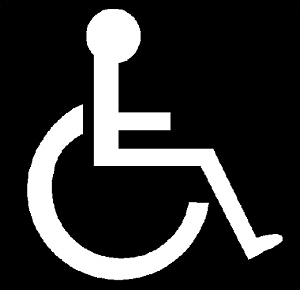Stamp: Help Crippled Children (Cinderellas 1956)
Help Crippled Children (Cinderellas 1956)
01 January (Cinderellas ) within release U.S.A. goes into circulation Stamp Help Crippled Children face value None No Face Value
| Stamp Help Crippled Children in catalogues | |
|---|---|
| Colnect codes: | Col: US 1956-03 |
Stamp is square format.
Also in the issue U.S.A.:
- Stamp - Fipex 5th I nternational Philatelic Exhibition New York face value None;
- Stamp - Tuberculosis Girl in Green face value None;
- Stamp - Help Crippled Children face value None;
- Stamp - Fipex 5th I nternational Philatelic Exhibition New York face value None;
- Stamp - Tuberculosis Boy in Green face value None;
- Stamp - Boys Town, Nebraska face value None;
- Se-tenant - American Lung Association face value None;
- Stamp - Help Crippled Children Easter Seals face value None;
|
Data entry completed
50%
|
|
|---|---|
| Stamp Help Crippled Children in digits | |
| Country: | Cinderellas |
| Date: | 1956-01-01 |
| Perforation: | 11 |
| Emission: | Cinderella |
| Format: | Stamp |
| Face Value: | None No Face Value |
Stamp Help Crippled Children it reflects the thematic directions:
help, especially in the form of money, given freely to people who are in need, for example because they are ill, poor, or have no home, and organizations that provide this help: She does a lot of work for charity.
Biologically, a child (plural: children) is a human being between the stages of birth and puberty. The legal definition of child generally refers to a minor, otherwise known as a person younger than the age of majority. Child may also describe a relationship with a parent (such as sons and daughters of any age) or, metaphorically, an authority figure, or signify group membership in a clan, tribe, or religion; it can also signify being strongly affected by a specific time, place, or circumstance, as in "a child of nature" or "a child of the Sixties". There are many social issues that affect children, such as childhood education, bullying, child poverty, dysfunctional families, child labor, hunger, and child homelessness. Children can be raised by parents, by fosterers, guardians or partially raised in a day care center.
Disability is the experience of any condition that makes it more difficult for a person to do certain activities or have equitable access within a given society. Disabilities may be cognitive, developmental, intellectual, mental, physical, sensory, or a combination of multiple factors. Disabilities can be present from birth or can be acquired during a person's lifetime. Historically, disabilities have only been recognized based on a narrow set of criteria—however, disabilities are not binary and can be present in unique characteristics depending on the individual. A disability may be readily visible, or invisible in nature.
A hand is a prehensile, multi-fingered organ located at the end of the forearm or forelimb of primates such as humans, chimpanzees, monkeys, and lemurs. A few other vertebrates such as the koala (which has two opposable thumbs on each "hand" and fingerprints remarkably similar to human fingerprints) are often described as having "hands" instead of paws on their front limbs. The raccoon is usually described as having "hands" though opposable thumbs are lacking.




